UNDER THE SKIN: NEW ZEALAND’S TOYOTA RACING SERIES CAR
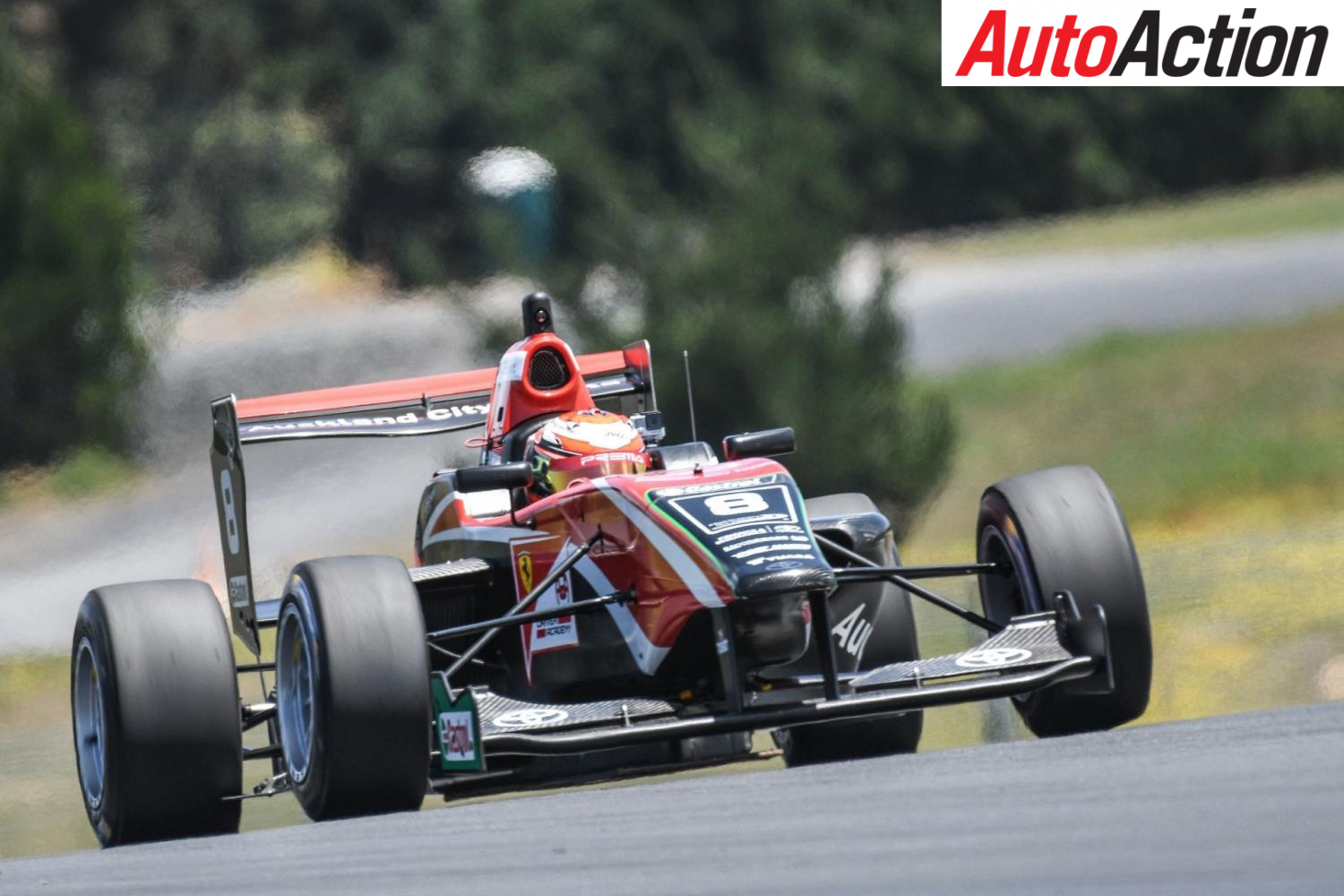
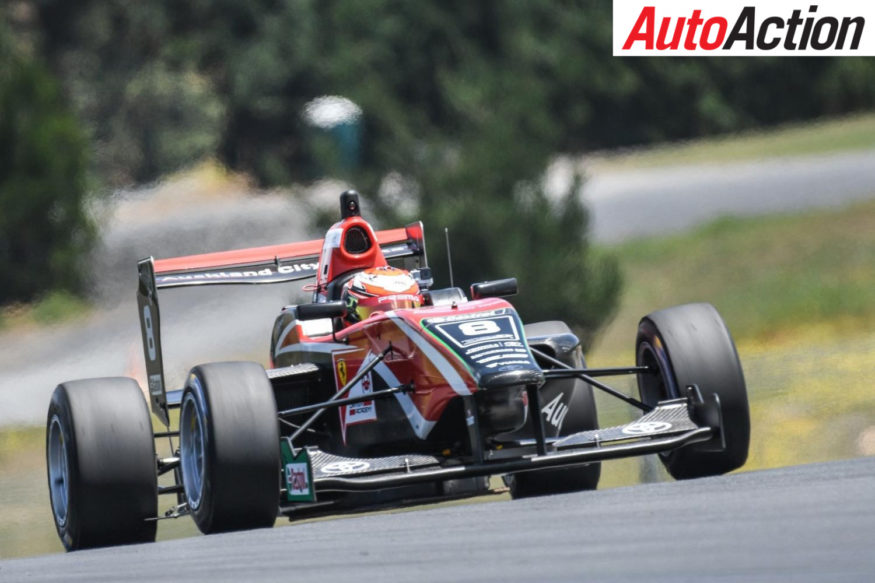
New Zealand Toyota Racing Series TATUUS FT-50
Across the Tasman the Toyota Racing Series has been run and won. The car at the centre of the series shares has a lot of interesting features
IT IS no secret that Australian open wheeler has been in a state of flux in recent years.
The introduction of Formula 4 to Australia in 2015 was trumpeted by CAMS as a great step forward for the sport. Outside the governing body support has been, at best, muted. In Year 3, F4 has a lot of boxes to tick this season if it is to be considered anything close to a positive for the sport.
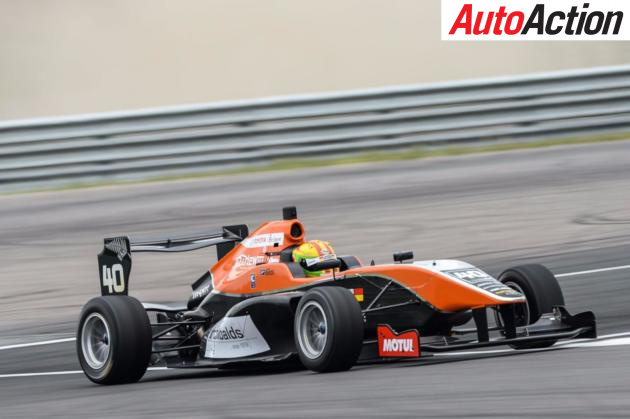
Toyota Racing Series 2016
Across the Tasman things are much more straightforward. The Toyota Racing Series hit the tracks in the mid-2000s, and since then the list of graduates reads like a who’s who of the sport; Daniel Gaunt, Nick Cassidy and Mitch Evans are all double champions. Next month the series will take a major step with its first ‘Grand Prix’ graduate, when 2015 TRS Champ Lance Stroll debuts for Williams at Albert Park.
The just-completed 2017 season was the third for the second-generation spec car, the FT-50. Built in Italy by Tatuus, the car has proven to be a safe and reliable update to the FT-40 that served the category for a decade.
Having just completed its third season in the series, that car has proven to be just what organisers of the series would want; reliable, easy to sort and fast enough to be a good test for young drivers.
And, the NZ series has proven to be a magnet to drivers from around the world. In the 2017 series there were 20 drivers, representing 12 different countries, both numbers of which the supporters of Formula 4 can only dream.
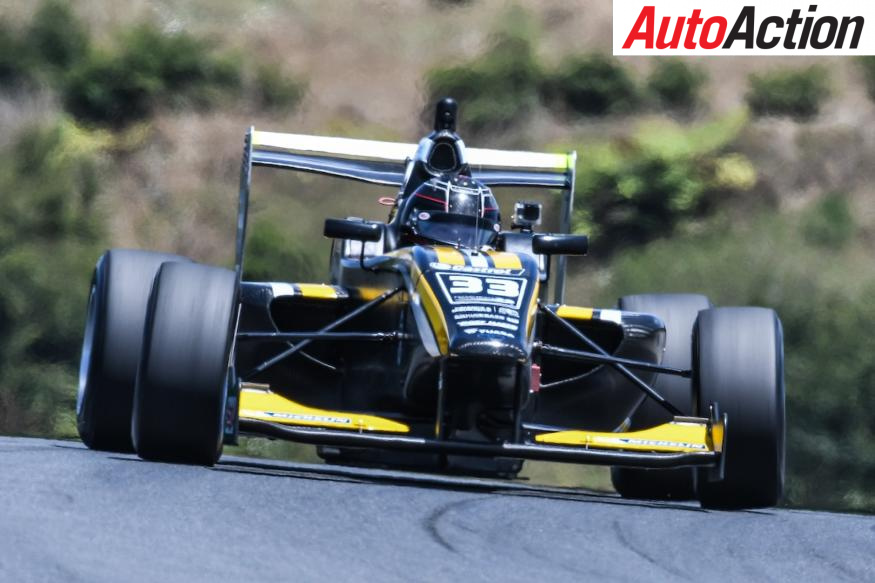
New Zealand Toyota Racing Series TATUUS FT-50 on track
The Tatuus is a proven product, with much of its technology shared across multiple platforms. The FT-50 shares its monocoque design with other versions in use around the world in different series. In F4 guise, similar chassis are in use (with Abarth engines) in Italy, Germany, Spain, SMP (Russia/Finland/Estonia) and the UAE.
As well, there is a version that races in the British F3 Championship (with Ford Cosworth power), Formula Master in China (with Volkswagen), and in the USA there is the YSF-17, which runs in the USF2000 Series and from next year, a version called the PM-18, which will race in the PRO Mazda series.
Having so many variants means that the product has been well-developed and has sold in huge numbers. In the series that confirm to the latest FIA F.3 safety guidelines, there are 120 in Formula Abarth; 185 in FRenault; 130 in the various F4 series; and 26 in MSV’s F3 series, the same number of cars that has been built for TRS. In 15 years Tatuus has built 1700 cars in its HQ in Concerezzo, less than 10km from Monza.
The engine side of the package carried over from the FT-40, for good reason. It is proven – which is one way of saying it’s not new. The 1.8-litre four-cylinder Toyota 2ZZ-GE engine was introduced a century ago – OK, in 1999 – with such exotic features as a block with ceramic-fibre reinforcement and VVT-Li, Toyota-speak for variable valve timing via a dual-profile camshaft.
The base engine was designed by Yamaha, a long-time Toyota partner, and has been seen in cars as diverse as the Aussie-spec Corolla Sportivo to Lotus’s Elise and Exige. Running on E85 the TRS-spec units produce 160kW, enough power to make the cars a good test for the young drivers.
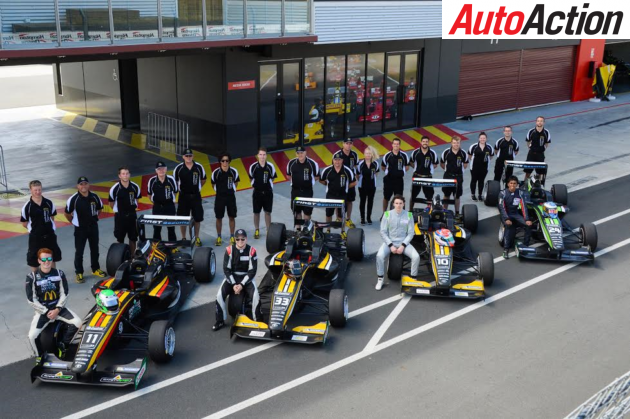
2017 MTEC Motorsport
Melbourne-based Bruin Beasley, who runs a four-car program in the series for MTEC Motorsport, likens the motor to something quite familiar on this side of the Tasman.
“The engines are a carry over from the old car,” he said. “The original plan was that the next car will have a new engine.
“The biggest maintenance issue is the engine vibration. They have quite a harmonic range in the car, a bit like on of the old Kent-engined Formula Fords. But that apart, they are pretty good. There is nothing difficult about them.”
“The old car ran for 10 years so I imagine that this car will run for 10 years as well. The chassis should run for 10 years but whether it not the engine will, I don’t know. It would run for another two or three years, and they have just built 16 new ones. I think the plan is to run them for a while.
“We only do one season and then they go back. They freshen them all up as a part of the process. No one really gets to run them right out, because you give it back at the end of the year and they rebuild them.
“The engine I have in the [FT-40] car at home, it has probably done 4000km. “They are fairly similar. They are probably a better car to work on, and that is just a generational thing. They are a bit bigger in the cockpit area. The other thing is, it’s easier to use the parts because they are all new! Some of the other car’s parts were 10 years old, and that makes a difference.
“At the end of the first year all the tubs went back to Italy, to get looked at and, if needed, repaired. Last year, we did our own thing, and it was fine.
“We had one of the MTEC cars go over the other day at Invercargill, it was only a low-speed roll but it was not a huge fix. When we put it on the [set-up] pad it was five kilos out. Nothing was bent, believe it or not, and it was only five kilos out!”
The ancillaries are similar between the two cars, but the transmission is much different. There is one extra cog in the Sadev SLR82 transmission, which is built in France and is controlled by a Magneti Marelli paddle shifter, which can pick one of six gears. Inside the transaxle is a limited slip differential.
“If you have to replace a clutch it is a couple of hours work to pull them apart,” says Beasley. “It splits apart and you put it all together, it is not a major job.
“It’s the same with the gearbox. The arms mounts are pretty much non-adjustable, you bolt them on and that is where they are.
The TRS cars run a MoTeC M150 ECU and data logger/display, while most of the F4 cars run an AIM Eva VI.
There has been a generational change in the suspension. The tracks are wider than the old car, and it is longer in the wheelbase. At the front, there are now two Orem dampers, compared to the FT-40’s single unit. That allows simpler set-up, and there is not too much to play with.

Toyota Racing Series Suspension and Damper setup
“There are three springs to choose from, for front and rear,” Beasley says.
“There are also two sway bar options, different sizes and three settings on each of those. The rest is basic; camber, caster, tyre pressure and wings. The dampers are adjustable, but they are a control unit, which is good, but there is not a massive range of adjustment.”

Front wing assembly on the Toyota Racing Series cars
The wings are multi-element, with two elements at the front and three at the rear, and there is a diffuser at the back, but the cars do not generate a huge amount of down force.
“They are quite fast and the minimum ride height is quite high, so the floor and the tunnels don’t produce as much down force as they probably should. They move around a lot more than an F3 car. So the initial response [from drivers] is, they are nice to drive but they move around quite a lot.”
Behind the series is a well-organised structure, supported by Toyota. The biggest carmaker in the world provides not just engine and technical support but there is hospitality available to the teams and the sponsors, and that, Beasley says, is a big positive.
“The business structure is very attractive. There is a large manufacturer genuinely behind it. There are effectively four teams running the drivers in the series. So when you look at the Profit and Loss, it makes sense.
“Then there is the fact that it happens over a short period of time, and it is truly international. It’s a high-level category; sometimes you will have four tenths covering most of the field and you have the best drivers in the world, at this level. To succeed at this category, you have to be doing something right. It is genuine competition.
“Toyota owns the cars, there are no privately owned ones. The lease deals on the car and the engine is done by the driver, or by the drivers’ managers, with Toyota. So the team basically gets paid a fee my TRM and TRS to service the car at the track. For me, it’s fantastic; I don’t have to own cars, I don’t have to own engines, I don’t need to carry spares.
“We do our own deal for the drivers. But they are contracted through Toyota so realistically, there is no risk of not getting paid, unless we do our own deal, with our own driver and keep it all secret. But we don’t need to do that. Why would you?
“When you are standing in pitlane Nelson Piquet, or a few years ago Damon Hill, when their kids are running, that has to tell you something about the category. Internationally TRS has to be on the list of Things to Do, if you are going to be serious about having a career.”
Beasley also says that the teams have a role in determining how the series is run.
“You are also involved in running the series. With TRM and Motorsport New Zealand there is a consultative process, and you have a say. Some of the things I have been involved with in the past, you don’t get a say; you get told how it is.
“We are here for the long haul. It’s a place I want to be, and I have always been involved with kids in development. This is hard; you have Piquet here, you have the Ferrari Academy and the Force India Academy. You are competing at the highest level with the best people.
“It’s the closest thing to being in Europe without being in Europe.”
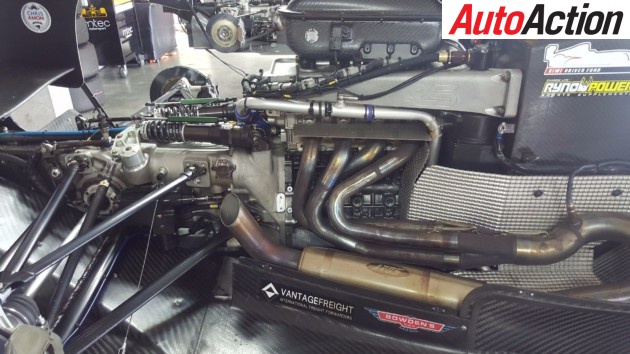
Under the engine cover of the TRS car.
TECHNICAL SPECIFICATIONS – TATUUS FT-50
Engine: Toyota 2ZZ-GE with VVT-Li – 1800cc, 160kW (215hp) at 8000rpm on E85 fuel
ECU: MoTeC M150, with Data Logging and Fly-by-wire throttle
Front Suspension: Double wishbone, pushrod activation, Adjustable Camber and Toe
Dampers: ORAM Adjustable for Bump and Rebound, Adjustable Camber, Toe and Roll Centre
F Track: 1496mm
Rear Suspension: Double wishbone, pushrod activation
R Track: 1464mm
Wheelbase: 2700mm
Brakes: Bredbo monopoly, four-piston R and R
Wheels: ATS Aluminium, F 13 x 9 inch, R 13 x 10.5 inch
Fuel Capacity: 50 litres, Premier Fuel Cell
Safety Features: Minocqua, Roll-hoop and Steering Column built to FIA F.3 homologation
Removable Head Protector and Driver Seat
Cortex Wheel Tethers F and R
After Auto Action’s latest Under the Skin feature? Pick up the latest copy of magazine, in stores Thursday. Also follow us on social media Facebook, Twitter and Instagram for all the latest news.


